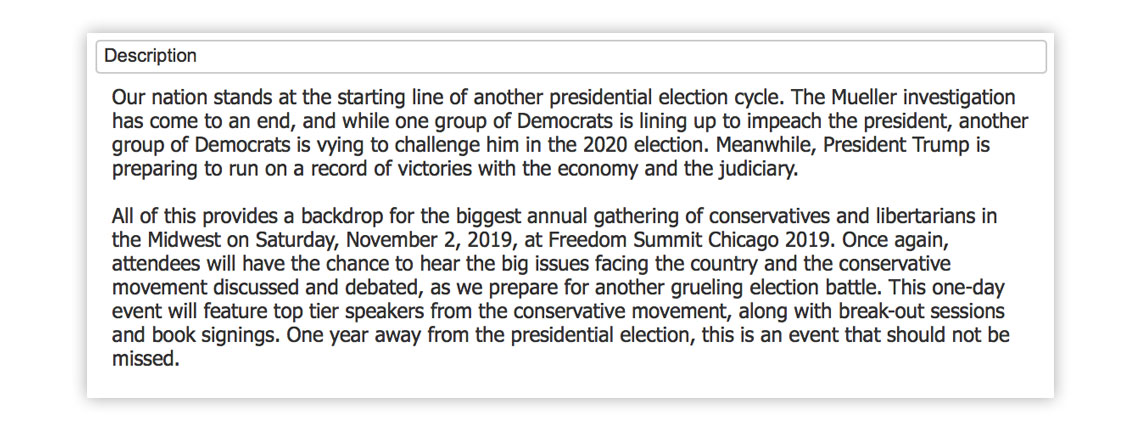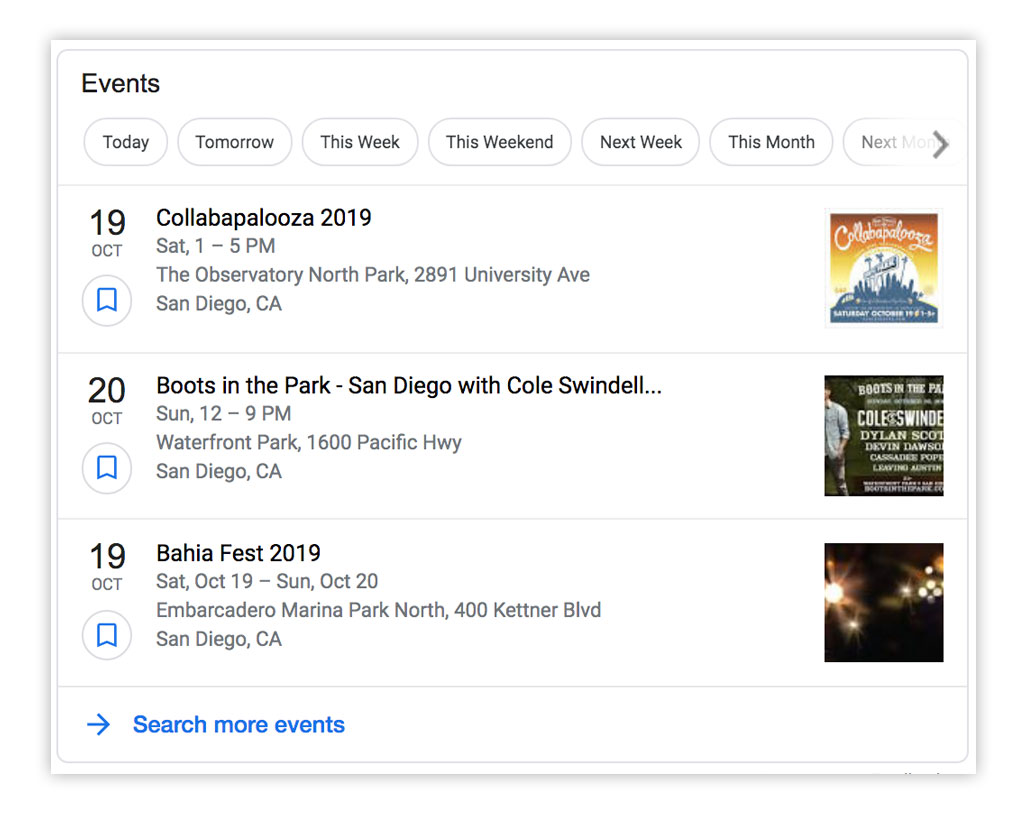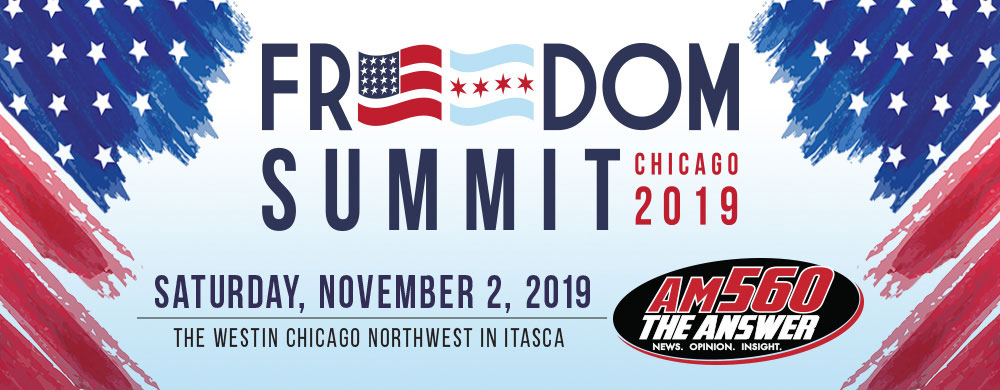How To Sell More Tickets With Enticing Event Descriptions
It’s confirmed: you've been chosen to deal with everything event promotion, and now it’s your responsibility to make sure tickets get sold out.
You think about various channels where you’ll run the ad campaign, the ticket selling systems you’ll partner with, the design of flyers and promo video, and other related issues.
However, don’t overlook the small stuff.
What your focus should really be on is how to write a clickable and sellable event description.
Things to keep in mind when creating your event description:
1. Know your audience (target market)
Tickets will sell if you reach the relevant customers with a description that connects them to your event.
It’s all about the language you use. Think about it. If you are writing for a younger generation, your text might include current slang, relevant topics or follow a discourse that resonates with them.
For more lectures, training, corporate events, the event description would now be more targeted on “professional” language.
The bottom line: the language of your description should be the language your potential attendees speak so you can relate your event to them.
Check out the different tones/languages used to describe these events below; they attract completely different audiences.

2. Know your competition
Organizing a big city or community event?
Chances are you’re late because something similar is scheduled already or all the dates you want have been taken.
Our advice here is to study what is already offered on the market: it gives you the possibility to describe your event in a different manner, which will draw different customers with different values to your event.
For instance, you are organizing a digital marketing conference and found out there is another one scheduled around your dates.
Read their description on all platforms (websites, social media channels, event management system).
Does it specify the agenda?
Can you understand what age group it targets?
How does your event differ from this one?
This research can be tedious, but believe me, it is worth conducting to draw the eye of your customer away from that event.

3. Have a content plan
The process of effective event planning requires a lot of attention to detail, thorough thinking and understanding of your buyers’ journey.
That thought should also be put into writing descriptive content. Will it be a one-time post on the web, or will you keep the audience updated once a week about the happening?
What kind of description will it be for your social media and ticket selling websites?
The SEO writing techniques below will help you improve the visibility of your event and write crawl-able texts.
4. What are your campaign channels?
Social media demographics perfectly lays out the point that different social channels might need different descriptions because they target various audiences.
In addition, they all use different means to convey information. Twitter offers only a 240-character-long statement, Instagram - a picture with a description, Snapchat - animated photo, Facebook - medium to long-reads.
Now look at the statistics and think whether reposting from one channel to another is a good idea, or if you’d be better off sticking with one platform.
“When someone googles the event near them, the description is crucial as it either draws attention or seems like another 100 one saw before”, says William Bolton, an event planner at Paper Leaf Canada. So what should an event planner should consider and write about in the description to convert the searcher into a visitor and increase ticket sales?
Dos
-
Come up with a catchy title. It should resonate with both the theme and the audience.
-
Make sure they know who, where, when. These are the essentials that every description event should have. Mention those in a separate block at the beginning of the text, so the reader knows it from the start.
-
Summarize the event. This is a fast-paced world, and you have a maximum of 5 seconds to make it or break it. Make it 2-3 short sentences of what awaits the visitor there and what they can expect and then your buying link.
- Use mind map examples to visualize your ideas and the relationship between the event and it's description.
-
Use active verbs. Don’t be passive.
-
Feature your specialty. People go to the events not solely to learn something or to kill time. They also want this event to be “braggable”, to be something they can talk to their friends about and be proud to have been a part of. A workshop by Academy Award Nominee? State it. Conference with a former Google Marketing officer? State it.
-
List the outcomes. What will change for the person after going to this conference, workshop, event? Listing the outcomes is a crucial point in the description as it answers the client’s “What’s there for me?” question.
-
Add visuals. Text is good, but the picture/infographic/poster might be suited better for some cases. Anyway, adding a related pic won’t do wrong.
-
Make them want to share. Write the description, so the reader wants to share it by themselves. Study the trending searches, research the market news or happenings in the related field. This will get you to the broader audience, which will increase awareness and sales.
-
Customize it. Not by the text alone. Sometimes it’s a great idea to go the extra mile and work on design, font, layout, imagery, and video/visuals. Maybe the video on the short description will drive more people to actually want to visit the event. Have you watched commercials for the concerts? That’s pretty much sums it up.
Don’ts
-
No Spoilers. That’s straightforward, right? Make them curious about your event, but don't give it away.
-
No 3-line-long sentences. Nobody has time to read it and some performers don’t even need much description. Like the Rolling Stones.
-
No empty words. “Very”, “really”, “best” rarely add value, so you might consider replacing them with “Very good”=increadible, “best performance” = one-of-a-kind, etc.
So, there you have it: a to-the-point guide on what to write about in the event description that catches the eye. Make sure you make use of this information, which, believe me, will change your approach to the writing routine.
Author: Jennifer Broflowski
Jennifer Broflowski is a writing culture ambassador and CraftResumes writer. She is an experienced blogger with a sophisticated approach to content creation.









